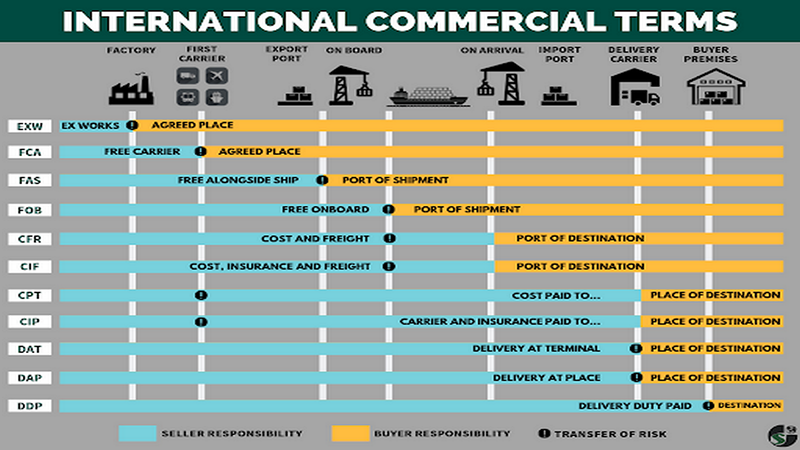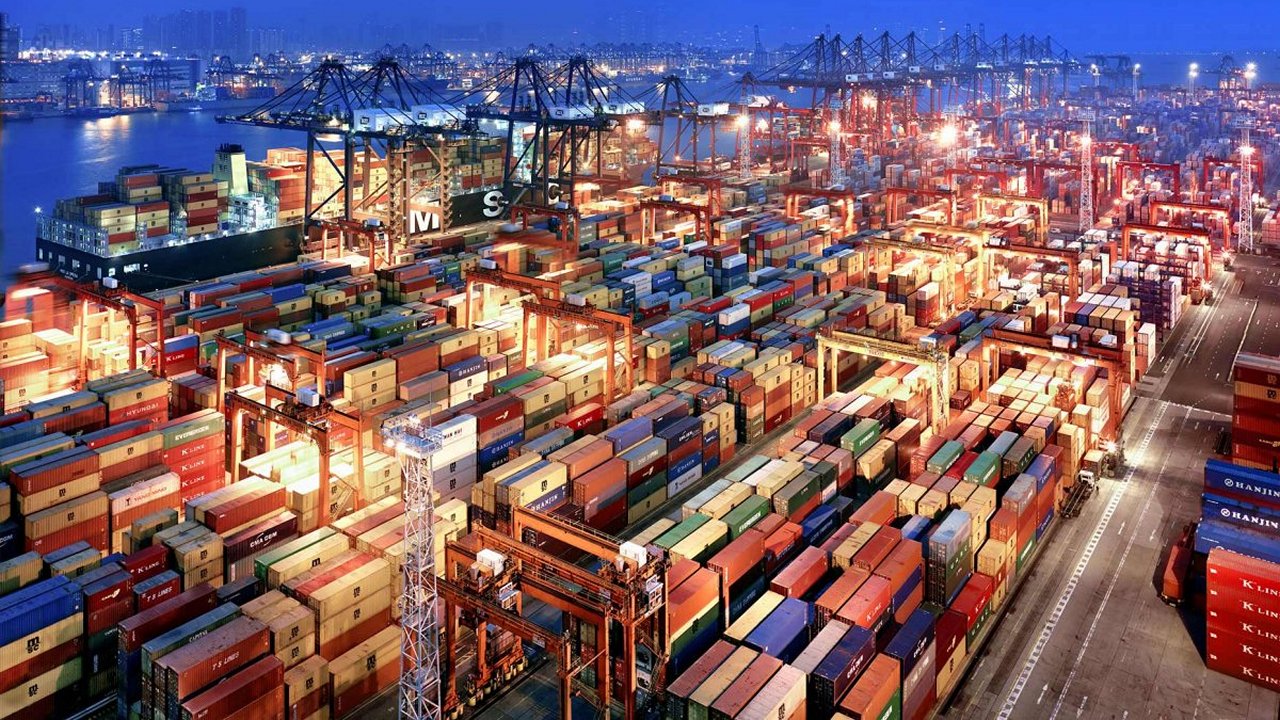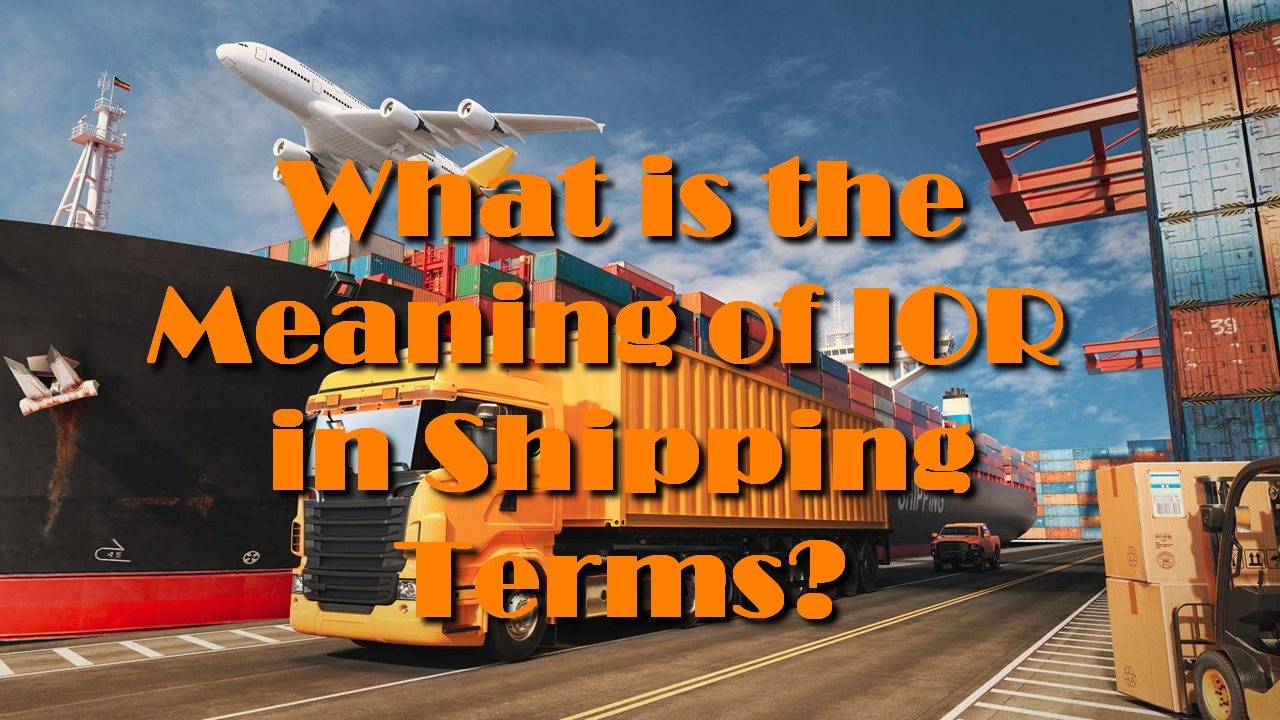Most of us agree importing goods all by yourself and taking care of documentations and custom duty is quite hectic. The introduction of the importer of records in 1993 saved most of us the hustle of going through the documentation and requirements of importing goods. Importing goods is quite procedural and involves a lot of documents. To learn more about importation visit website.
Some of the terms used in shipping goods
https://www.youtube.com/watch?v=00AlWzng1YA
Probably you have come acro some abbreviations when importing your goods and you are not sure what they mean. For example DM, DT, and CYCY. The explanations below will expand your shipping knowledge.
Incoterms – International Commercial Terms

This document explains an agreement between the buyer and seller on how the product will reach its destination from its point of origin.
COD – Change Of Destination
This document is used in case the consignee changes the desired destination where the product is to be shipped.
IOR – Importer Of Record
This is the receiver of the goods being imported. Entails personal details of the consignee.
CYCY- Container Yard to Container Yard

This tells the shipper which containers are getting delivered and their destinations.
DM – Demurrage
If you delay picking your goods at the port within the agreed days, a fee is charged for the extra time used to store the container and this is known as DM.
Rollover
In case your container was not packed and will need to be rescheduled for the next shipment, a rollover document indicates the said import is rescheduled.
DT – Detention
In case you overstayed with the shipping containers and assed the day they were supposed to be returned, an extra fee is charged and this is known as detention fee.
Port storage
When you fail to clear your goods from the port after the period given by the port to clear your custom duties, an extra fee is rolled over known as port storage.
Bill of landing
A document that shows an agreement between the importer and exporter on the destination of goods and their details.
Procedures for importing goods
- a) Trade inquiry
This is a document sent from the buyer to the potential seller inquiring about the purchase of intended goods.
- b) Procurement of import license
It may either be general or specific. A general license allows importation into any destination while a specific license is to a specific destination.
- c) Obtaining foreign exchange
The buyer has to convert the currency to their destination to pay the seller with a currency that is convenient in their country.
- d) Placing an order
The buyer agrees with the seller and requests the desired commodity.
- e) Custom formalities and clearance of goods
The exporter ensures the goods are in the right ship and all formalities are clear.
- f) Payment at the ports
Before the goods are shipped the payments at the import and export docks have to be made.
- g) Paying custom duty
The goods when they reach their destination have to be paid for and cleared by the customs officer.
In conclusion, knowledge about the right procedure to import goods and the documents required to go through the whole process are important.


